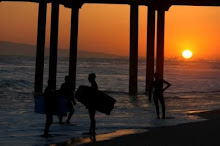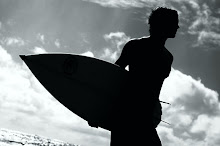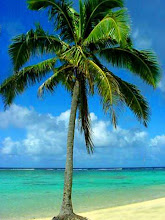
Located in Central-Eastern Florida, Sebastian Inlet is home to some of the greatest waves one can find in all of Florida. This destination is also the break where 7-time world champion, Kelly Slater, grew up surfing, and was also rated Discovery Channel's #1 destination for deadliest waters, (Discovery Channel, Shark Week, 2009), a.k.a., SHARK ATTACKS.
Getting to the Sebastian Inlet is close to a 2-hour drive from pretty much any major city in Florida, such as Orlando, Tampa, and Palm Beach, to name a few. One can easily reach this beach, seeing that all these major cities have airports, creating easy access for one in desire to surf travel. However, majority of the places to stay in the Sebastian Inlet are campgrounds. This can be considered a diamond in the rough, or a downfall about the destination. The Sebastian Inlet is a small town fishing community with a small population. The majority of the surfers at this break are from out of town; coming from all over Florida, so the local attitude is almost nonexistent, leaving one with friendly waters. Not only is the surf great because of the breaks, but also because of warm water temperatures. A three and a half millimeter wet suit will be the most one could ever need to surf at the Sebastian Inlet, and that time is only from December to February. During the other months, one would be more than fine without a wet suit at all.
The waves.......
There are two main breaks one can find in the Sebastian Inlet. There is South Side, which is just south of the inlet, and the North Side. The South Side has big wind chop and is great for tow-in surfing because of the deeper waters and strong currents that come off the inlet. The North Side, however, is home home to some of the cleanest waves one can come by in all of Florida. This is where the majority of surf competitions in Florida are held. It is a beach break where currents come from the north and the south, and one can usually see waves from two to six feet. During January, February, and September are the three best months for one to surf in the Sebastian Inlet; this is because of great waves and great temperatures.
So, if you're looking for great breaks in a well-known Florida surf spot, the Sebastian Inlet is the place for you.
Kyle Cameron
Surf Travels














